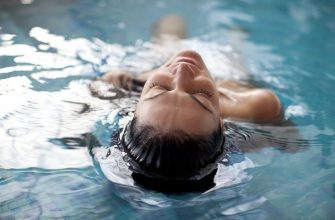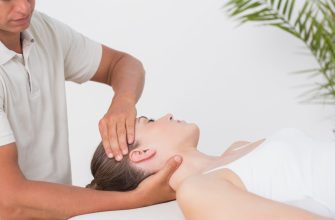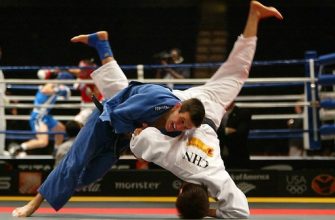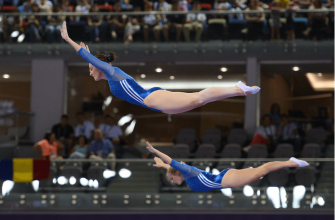Sports massage is a specialized form of massage therapy designed specifically for individuals who are physically active. While it shares some techniques with other massages, its philosophy and application are different.
It is goal-oriented and focused on preventing and treating injuries, enhancing athletic performance, and promoting recovery. Therapists use a variety of techniques, including deep tissue work, stretching, and trigger point therapy, tailored to the demands of a particular sport and the individual’s needs.
There are generally three types:
- Maintenance/Preventative Massage: Regular sessions to keep the body in optimal condition, prevent injuries, and address minor issues before they become major.
- Event-Related Massage:
- Pre-Event: Done shortly before competition to warm up muscles, increase circulation, and improve flexibility. It is typically light, brisk, and stimulating.
- Post-Event: Done after competition to reduce muscle soreness, flush out metabolic waste, and kickstart the recovery process. It is slower and more restorative.
- Rehabilitative Massage: Used to treat specific injuries, such as strains, sprains, and tendinitis, by breaking down scar tissue and restoring range of motion.
What Does It Help With? (Benefits & Effects)
Sports massage is not just for elite athletes; it benefits anyone with an active lifestyle.
- Enhanced Recovery: The primary effect is to reduce Delayed Onset Muscle Soreness (DOMS) by flushing out lactic acid and other metabolic waste products through improved circulation.
- Increased Flexibility and Range of Motion: Techniques like stretching and deep tissue work help to break up adhesions (knots) and loosen tight muscles and fascia, leading to greater mobility.
- Injury Prevention: Regular maintenance massage identifies and addresses areas of tension and imbalance before they lead to more serious injuries.
- Improved Performance: By ensuring muscles are flexible, relaxed, and well-circulated, athletes can achieve better biomechanics and more efficient movement.
- Reduced Pain: Targets specific areas of pain and discomfort, such as tight IT bands, sore shoulders, or stiff backs.
- Faster Injury Rehabilitation: Helps break down scar tissue, improve blood flow to injured areas, and restore normal function.
What are the Contraindications? (Who Should Avoid It)
While highly beneficial, sports massage is not appropriate in all situations.
Absolute Contraindications (Do NOT massage the affected area):
- Fever or Contagious Illness: Your body is under stress and fighting infection.
- Deep Vein Thrombosis (DVT) or Blood Clots: Massage could dislodge the clot, causing a life-threatening embolism.
- Contagious Skin Infections: (e.g., ringworm, impetigo) or open wounds.
- Fractures or Acute Ligament/Tendon Ruptures: The area needs immobilization to heal.
- Severe, Uncontrolled Hypertension.
- Cancer with Bone Metastases (unless explicitly approved by an oncologist).
Local/Relative Contraindications (Massage can be done, but the specific area must be avoided or techniques modified):
- Acute Inflammation: Massaging directly on a freshly inflamed, swollen, and hot joint or muscle can worsen it.
- Varicose Veins: Deep pressure directly on the veins should be avoided.
- Osteoporosis: Requires very light pressure.
- Bruising, Cuts, or Abrasions: The area itself should be avoided.
What Effect Does It Have?
The effects are both immediate and cumulative:
- Physiological Effects:
- Increased Blood and Lymph Flow: Delivers oxygen and nutrients while removing waste.
- Breakdown of Adhesions: Releases “knots” (trigger points) in muscles and fascia.
- Neurological Effects: Can help calm the nervous system (parasympathetic response) or stimulate it (sympathetic response), depending on the technique used.
- Practical Effects:
- Short-term: Feelings of looseness, reduced tightness, and lightness.
- Long-term: Consistently better muscle function, fewer injuries, and improved overall athletic performance.
Do I Need to Consult a Doctor Before It?
For healthy individuals engaging in general maintenance or pre/post-event massage, a doctor’s consultation is typically not necessary.
You SHOULD consult a doctor before a sports massage if:
- You have any diagnosed medical condition, especially those listed in the contraindications (e.g., heart disease, DVT, cancer).
- You are experiencing severe, sharp, or unexplained pain.
- You have a specific, recent injury (like a suspected muscle tear or ligament sprain).
- You are pregnant.
A qualified sports massage therapist will also conduct a thorough intake consultation before your first session and should defer treatment or require a doctor’s note if they suspect a contraindicated condition.
How Often Can I Do It?
The frequency depends entirely on your training intensity, goals, and budget.
- For the Average Active Person (gym 3-4 times a week): Every 2 to 4 weeks is ideal for maintenance and preventing the accumulation of tightness.
- For Serious Amateur or Competitive Athletes (intense, frequent training): Weekly or bi-weekly sessions are common and highly beneficial for optimal performance and recovery.
- During Injury Rehabilitation: Frequency may be higher (e.g., 1-2 times per week) as directed by a physical therapist or doctor until the issue resolves.
- Around a Specific Event:
- Pre-Event: 1-3 days before.
- Post-Event: Within 24-48 hours after.
Listen to your body. It is the best guide. If you feel you are not recovering well between workouts or have persistent niggles, it might be time to book a session.







